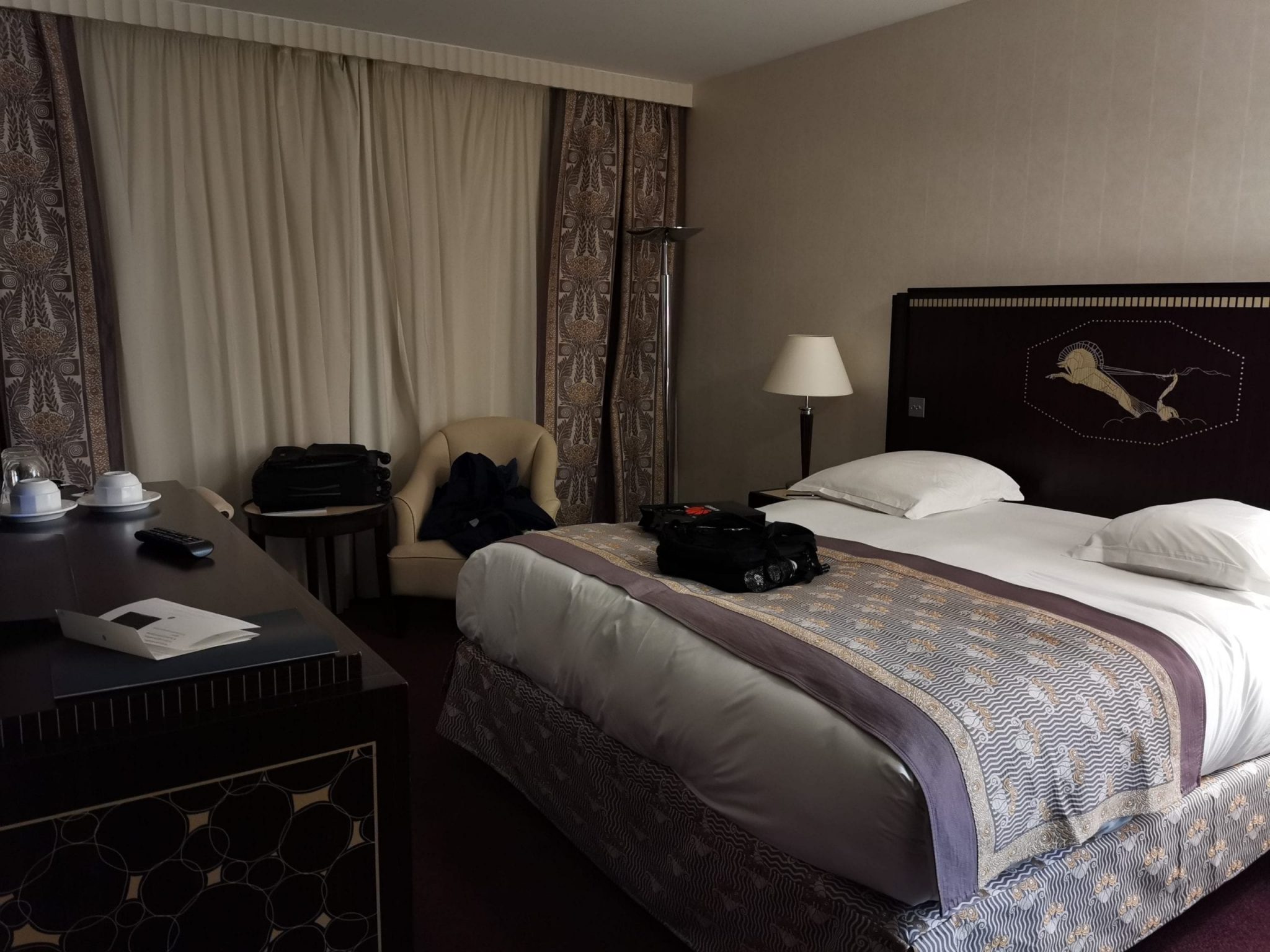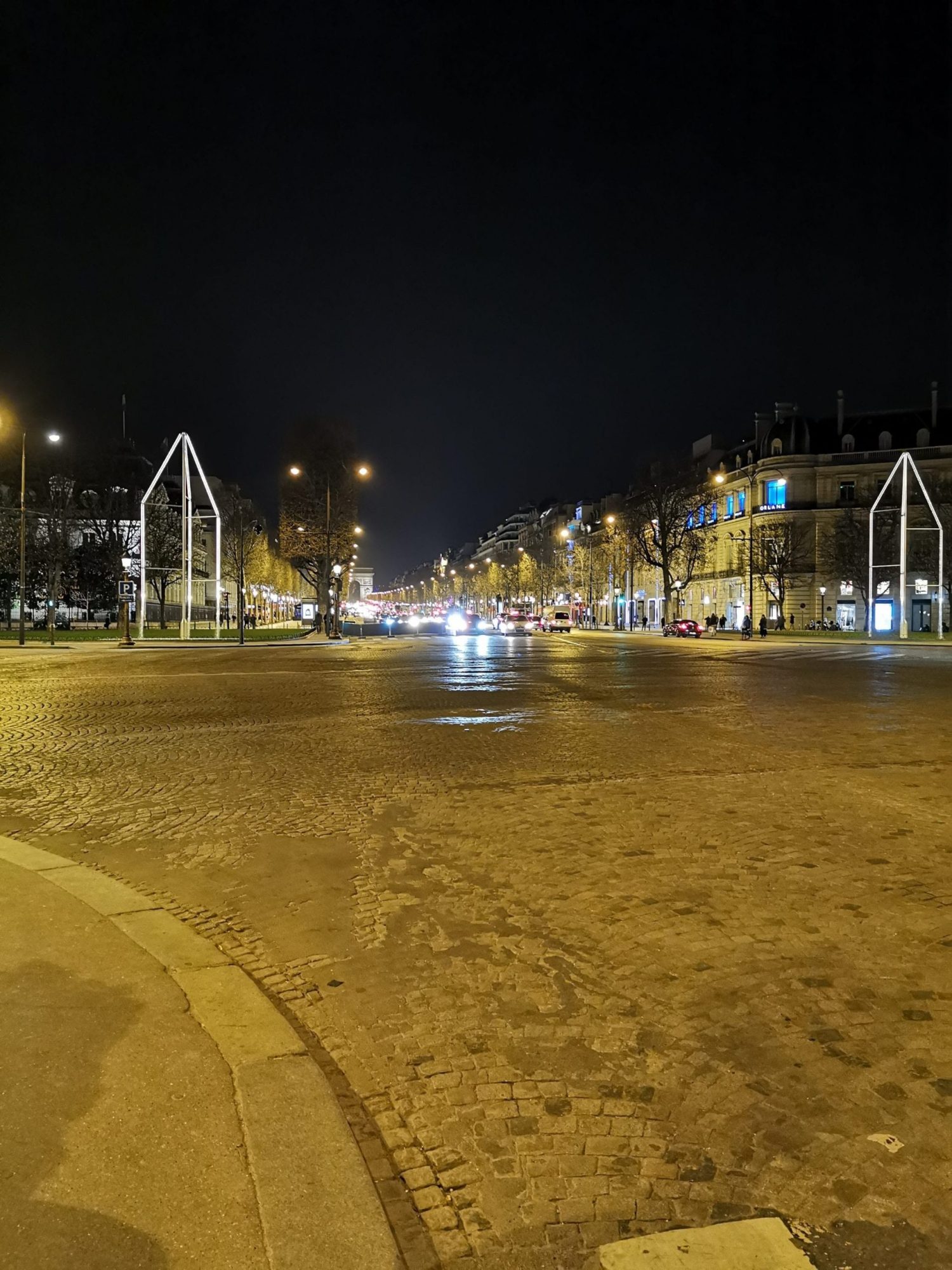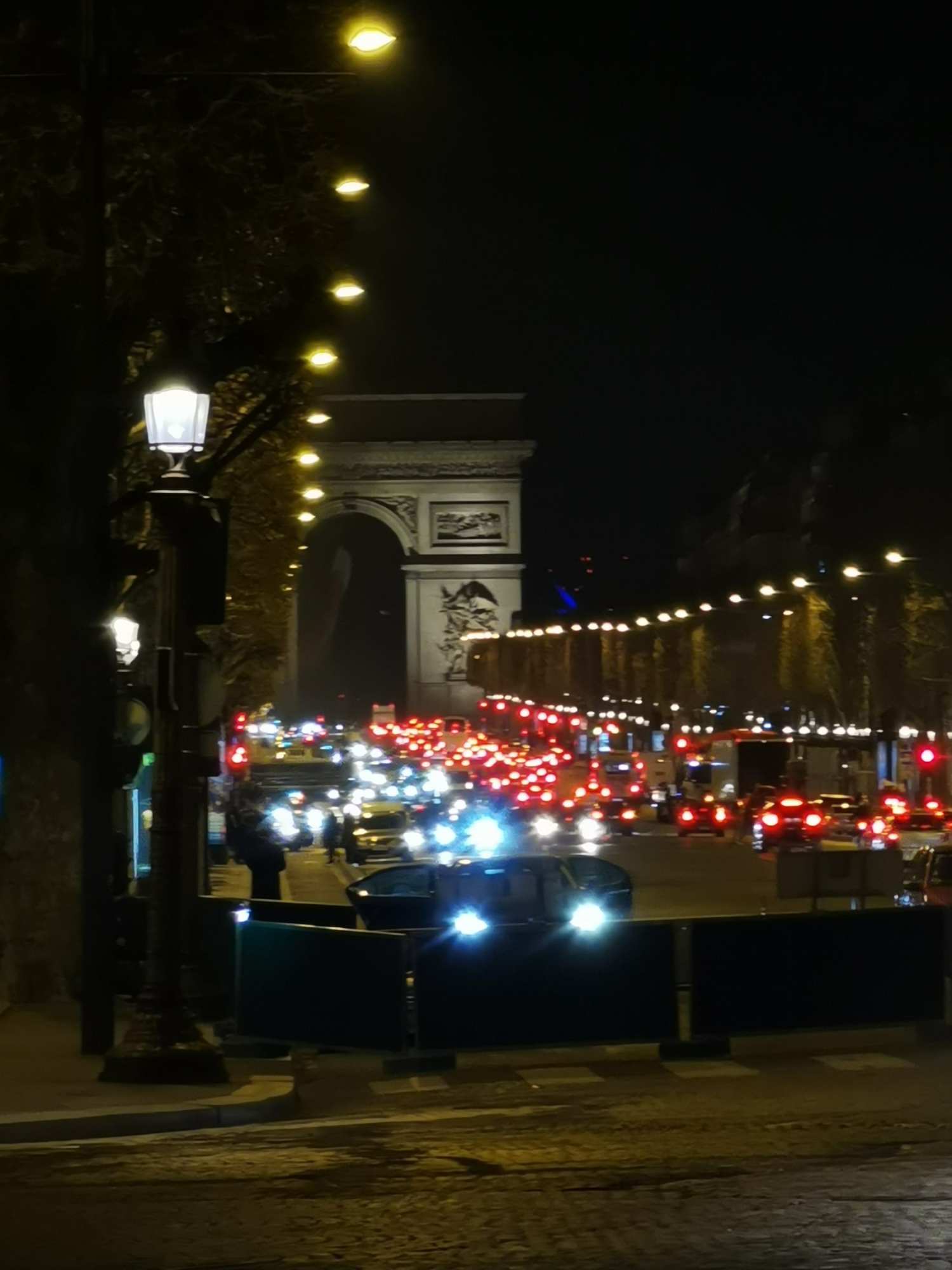
Huawei P30 Pro Hands-On: Huawei’s claim of rewriting the rules of photography is an understatement
Huawei has today launched the P30 Pro, a handset that the company claims will rewrite the rules of photography.

Is this merely the standard hype for a phone launch we’ve become accustomed to, or actually something that genuinely changes the game?
I’m inclined to go with the latter, as Huawei has managed to pull a bunch of rabbits out of the hat with its latest handset.
Actually, Huawei actually launched a series of new handsets today. There’s a P30 and even a P30 Lite, plus perhaps a Porsche Design variant. At the time of writing this, it was not clear if this was happening or not, but by now you should know (and hopefully I’ll have Tweeted as much while attending the launch).
The handset I’m concentrating on, as will Huawei in the UK and Europe, is the P30 Pro. It’s the successor to last year’s P20 Pro (no surprise there), but with a lot of the features that were introduced on the Mate 20 Pro.

Every year since the tie-up with Leica began (2016 with the P9), Huawei has had a theme for how its handset has advanced mobile photography. For the P9 it was ‘reinvent smartphone photography’. In 2017 for the P10, it was ‘make every shot a cover shot’. Last year’s P20 Pro was ‘A renaissance in photography’.
This year, it’s about rewriting the rules, with all-new design innovations and new camera industry standards.

The theme at the pre-briefing, and why Amsterdam was chosen as the location, was to follow the dutch artist Rembrandt, a painter that frequently painted scenes in near darkness.
An apt choice given the fact that one of the key features of the P30 Pro is its brand new 40-megapixel ‘SuperSpectrum’ f/1.6 image sensor (with Optical Image Stabilisation), which allows in more light than ever before.
Standard camera sensors work on processing red, green and blue light through filters. In fact, the sensors use a red, green, green and blue arrangement.
It’s been like this for years, given the fact that red, green and blue are primary colours.

Huawei has however changed the filter on the sensor to capture red, yellow and blue (or red, yellow, yellow and blue to be precise). The switch from green to yellow allows in more light. A lot more light.
So much in fact, that it’s possible to take photos in near total darkness – without needing to take an extra long exposure.
For those wondering why this hasn’t been done before by anyone else, Huawei explained that as yellow isn’t a primary colour, a lot of work has to be done by the DSP (Digital Signal Processor) and image processing software to manage the image data to produce a colour accurate image.
Otherwise those fields of grass would look more like rapeseed. Indeed, anything green would turn out yellow.
With the filtering and post-processing, the P30 Pro creates images you’d never be able to tell were taken on a rather non-standard image sensor.

Who turned off the lights?
As a guide to the competition, the P20 Pro has an ISO of 102,400. The P30 Pro offers an ISO of 409,600.
I was given a chance to test out the camera in a room that was pretty much pitch black – and still come away with an image that showed a Rembrandt painting in the corner of the room.
Let me say that again; a near pitch black room. So dark I was unable to see what I was taking a photo of until I looked at the image on the phone screen!
Sadly nobody at the pre-briefing was able to save the photos, but in the coming days you can expect to see many examples being published (Update: including from myself – see above) that will show just how incredible this camera is in the dark.
In the real world, the camera obviously isn’t about taking photos in total darkness. It’s about getting good shots in pubs, clubs and other low-light environments.
Night mode is still available for scenic photos and other shots that don’t contain movement, but indoors you want a quick shot to keep things clear and in focus.
The new P30 Pro delivers this in abundance. It’s absolutely stunning, and I can’t wait to be able to show example photos in the coming days.
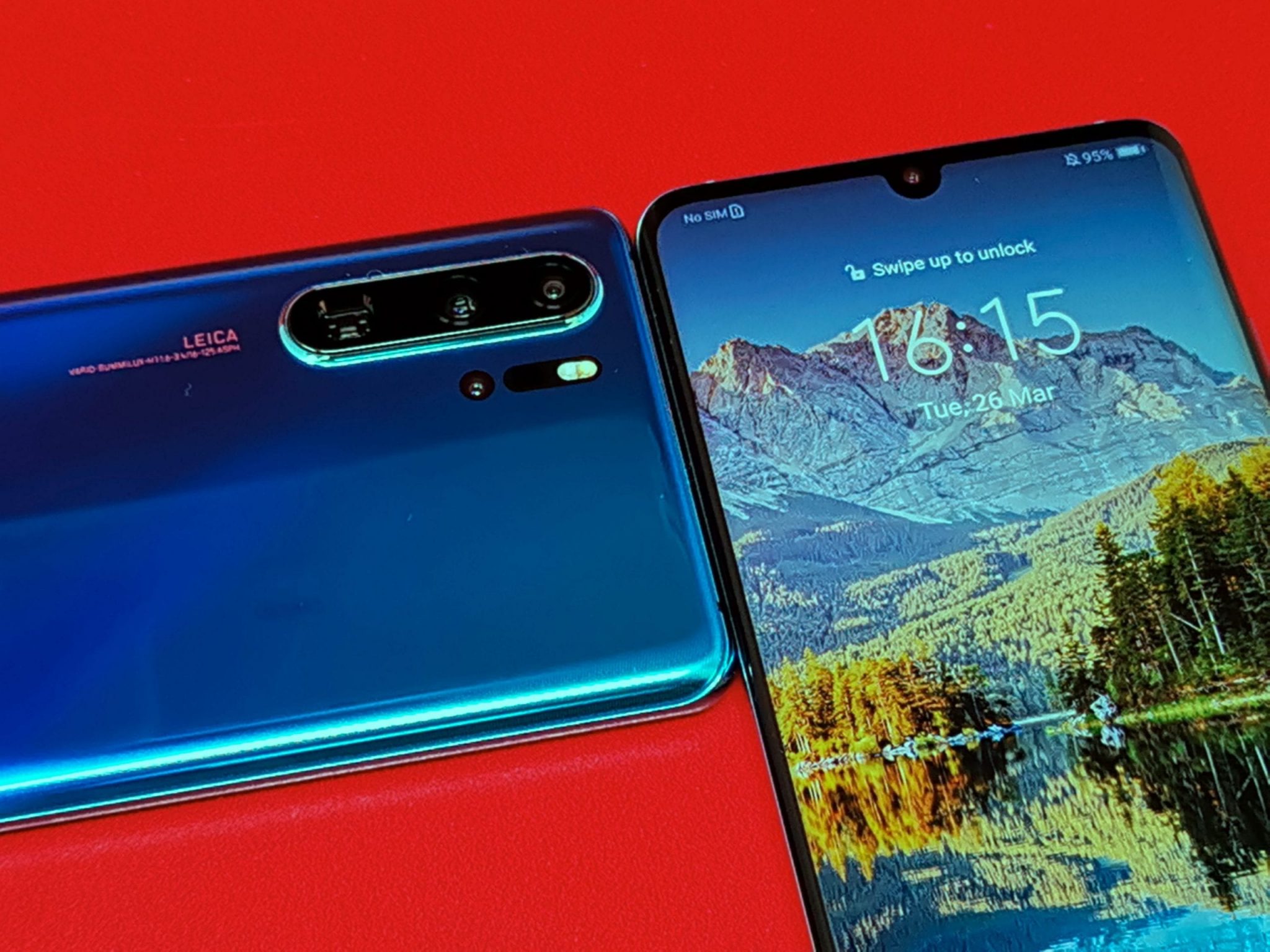
Extreme Close-Up
If the P30 Pro only had one camera, it would still be pretty amazing given its low-light capabilities. But Huawei hasn’t stopped there.
The P30 Pro now has four cameras.
The main camera is supplemented by a 20-megapixel ultra-wide f/2.2 sensor for wide angle shots, a TOF (Time of Flight) camera that measures how long it takes for light to travel, for improved scenery and portrait shots, plus an 8-megapixel optical periscope zoom lens (f/3.4) with OIS.
The latter is the first use of a periscope zoom lens, beating Oppo who first showed off the technology for over a year, and intends to bring it to an upcoming handset release.
Rumours of this zoom being 10x turned out to be false, but the 5x zoom works in conjunction with other sensors to offer a 10x hybrid, near loss-less, zoom.
What’s more, if you’re feeling particularly adventurous, you can go up to 50x zoom with the Kirin 980 AI tech working hard to reduce noise and produce a surprisingly good image, given how far the boundaries are being pushed.
The camera is further enhanced by a macro mode that will focus on items as close as 2.5cm away.

Going back to the TOF camera, the new sensor allows improved bokeh effects, as there’s no longer a need to measure distance through triangulation from more than one sensor. The new sensor offers multi-level bokeh, with the same accuracy as an optical lens. Or so Huawei claims.
This allows new features beyond taking perfect portrait shots (where even fine strands of hair are kept in focus), with an update promised soon after release that will give users the ability to measure distances and volume.

Simply point at an object and the phone can show the height, width and depth of an object, and even calculate its volume.
This is on top of other features in the camera software that go beyond scene recognition, and actually recognise food in a shot and show the calories based on its size.

Finally, let’s flip the phone around and look at the front-facing camera. This is a 32-megapixel f/2.0 camera, complete with the usual Huawei features for selfies.
It’s safe to say that Huawei’s claim of ‘rewriting the rules’ isn’t just marketing spin. The phone really is taking things a step further, and once again about to give the competition headaches as they play catch up.
The AI Stabilisation that was first used to offer P20 Pro users a stable night mode without the need for a tripod, but the P30 Pro takes the same stabilisation to other modes, including the light painting modes. Now you can take a photo of a waterfall or river without having to hold steady.
Video Boost
Huawei has also improved video recording using both AI Stabilisation and Optical Image Stabilisation. There’s now HDR support in video, plus up to 10x hybrid zoom.
Again, this is something that can only really be demonstrated by posting actual video samples, which is something I hope to be able to do very soon in my own photo gallery (see link below).
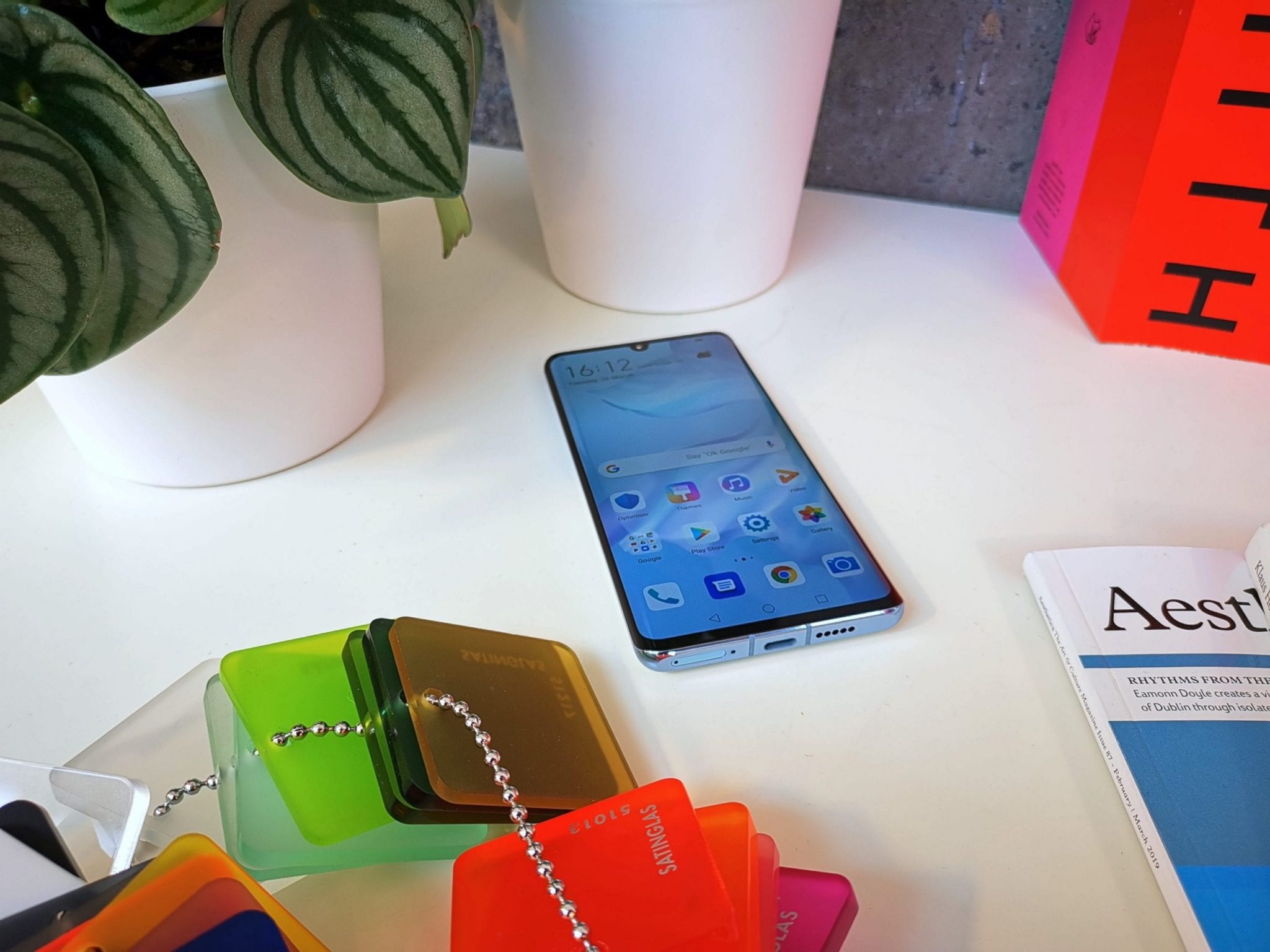
Specifications
So what of the handset specs beyond the camera? Well, if you take a Mate 20 Pro and make a few tweaks, you’ve pretty much got the P30 Pro.
The P30 Pro has a 6.47-inch OLED curved display with a teardrop notch. Unlike the Mate line, the P-series doesn’t come with top-resolution screens, so you’re only getting a Full HD+ display here (2340×1080 pixels). I’ll be honest and say that in most situations you really can’t tell the difference.
If you’re coming from a handset like the P20 Pro or an earlier P-Series handset then you’ll definitely not see a difference.
There’s no 3D facial unlocking, but you do get an improved in-glass fingerprint sensor that is both more responsive and also better positioned at the bottom of the display. It is a considerable improvement on the Mate 20 Pro in terms of speed, as well as working with less of your finger being pressed on the display.
Like the Mate 20 Pro, you get a 4,200mAh battery (a welcome change to the many 2019 flagships that have once again gone smaller on battery capacity), wireless charging (with reverse wireless charging support) and 40W Supercharging that can get the battery from 0-70% in 30 minutes. It’s also IP68 rated for dust and water resistance.
For all intents and purposes, it’s a Mate 20 Pro hardware in a different chassis with the all-new camera setup packed inside.

Using the same Kirin 980 chipset with dual Neural Processing Units (NPUs), there are very little other changes. It continues to support 802.11ac Wi-Fi (no ‘WiFi 6’), Cat 21 LTE (speeds of up to 1.4Gbps) and USB-C with USB 3.1 Gen 1 support.
Like the Mate 20 Pro, there’s no 5G support. Huawei stated that with the extra camera tech packed inside, there was no room to fit the 5G modem and the extra antennas.
It would seem sensible to assume that the new Kirin chipset, likely announced around or at IFA in the autumn, will see the Mate 30 Pro introducing 5G, if there isn’t a 5G variant of the P30 Pro announced later in the year.
Storage wise, the P30 Pro will come with the option of 128GB, 256GB or 512GB, with memory expandability coming in the form of Huawei’s proprietary nano memory (NM) cards. All models come with 8GB of RAM, although there is a rumour of a 12GB RAM variant (but this may turn out to be kept for a Porsche Design variant).

There’s one other difference between the Mate 20 Pro and the P30 Pro, which is the lack of stereo sound. The reason was to keep the notch as small as possible and minimise the bezel above the display. The phone uses screen resonance at the top of the display as a substitute to a regular earpiece.
The downside is there was no way to offer boosted volume for stereo audio, but it does have the side-effect of offering louder volume from the single down-firing speaker.
With the limited volume of the earpiece speaker, the Mate 20 Pro was unable to be as loud as it could have been, due to the poor balance. This is something that will need to be tested over the coming days, and it’s one thing that may be a bit of a disappointment for anyone that watches video on the phone without headphones or hooked up to external speakers.
All things considered, if you’re interested in mobile photography you really aren’t going to be too bothered by these minor shortfalls. Even the lack of 5G isn’t likely to bother most people, considering 5G may launch in 2019 but will take some considerable time to get anywhere close to where 4G is today.

Colours and accessories
The P30 Pro will be offered in a range of colours, including pearl white (with slight pink tones when tilted in the light), breathing crystal, black, amber sunrise (the ‘red’ handset that was leaked but really isn’t red in reality), and aurora. The latter has a similar shimmering effect to the Honor View 20.
All of the colour variants, besides black, are bold and will stand out in a crowd. The black is the ideal choice for people who would prefer a more anonymous experience.
Huawei also has a range of cases coming up, which should be available through its own online store and on the high-street.
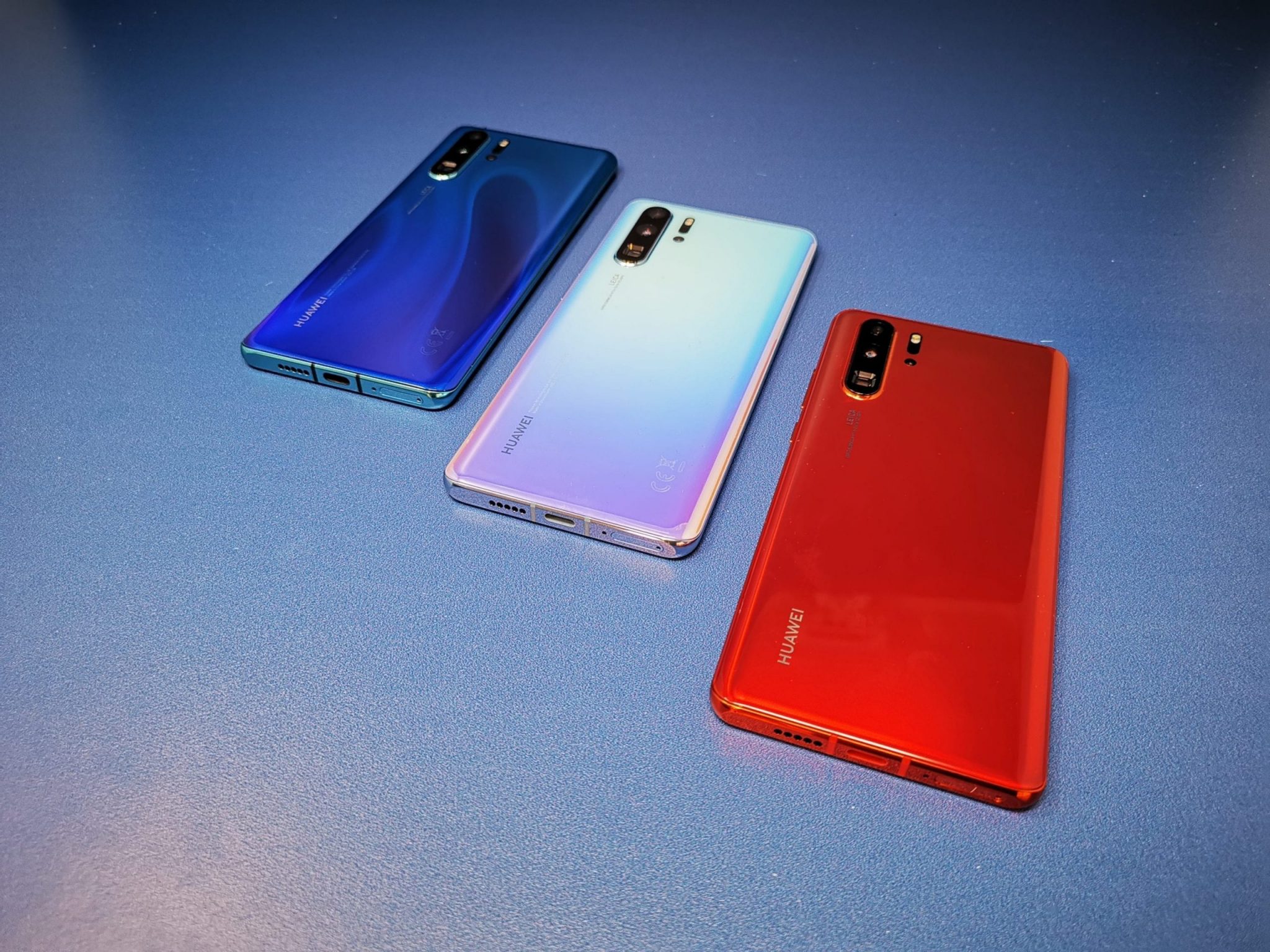
It wasn’t clear at the time of writing this piece if the retail units in the UK will come with a standard clear plastic case, as since the launch of the Mate 20 Pro it has become apparent that many operators and retailers have opted to have the case removed in order to sell cases separately.
Fortunately, if you’re after a simple third-party case, Amazon is already swarming with cases for under £10. Indeed, it was the early availability of cases that led to many websites getting such a good idea of the camera setup, even if Huawei managed to keep the features of the cameras themselves pretty secret until just a few days before the launch.

Availability and Price
The 8GB/128GB P30 Pro will cost £899, rising to £1099 for the 8GB/512GB model.
Orders are being accepted now, with various deals such as bundle with a Sonos One speaker from EE, Vodafone and Sky Mobile.
At the time of writing it appears that Three will be the only UK operator to stock the dual-SIM model, with others opting for a single SIM (still with nano memory support). There is a chance that EE might be taking the dual SIM model too, but I will have to confirm this later.
Camera Samples
As with other new phones, I’ve created a photo gallery ready for camera samples.
You can join now and await notifications as new photos and video are added. This will be a gradual process over the coming days before my full review, and anyone else who decides to buy a P30 Pro can add their own photos and video.
You can click on the link below to view this gallery, as well as others I’ve created.
Mate or P-Series?
If you’re reading this on or soon after the official launch, it stands to reason you’re probably a bit of fan of mobile technology.
It’s for this reason you’re probably excited to see what Huawei has come up with for the P30 series, and how it will differ from the Mate 20 series.
As far as Huawei is concerned, these are two entirely independent product lines. The thinking would be that someone buying a P-series phone is not going to be the same as a Mate customer.
But, whether Huawei likes it or not, a lot of people will be comparing one against the other and I cannot help but find myself doing this too.
So, what are the key differences?
Well, firstly the lack of an extra secure face unlocking process as been sacrificed to offer a smaller notch, and as a result the face unlocking will use a standard camera instead. It will almost certainly be less secure, and also not work as well in low-light.
There’s also the loss of stereo sound, although the louder overall volume may compensate.
The other compromise is the lower resolution display, but that doesn’t mean pixel peepers are going to notice a real difference in quality. Full HD is still ample for virtually all usage scenarios, with the added benefit of putting less load on the GPU and likely seeing performance gains as a result.

Considering the benefits brought by the new camera, anyone that is into mobile photography is unlikely to be put off. Just as the Mate 20 Pro added the benefit of an ultra-wide angle camera sensor, the P30 Pro adds a series of features that takes mobile photography to a whole new level.
The P30 Pro still supports wireless (and wired) desktop modes and other features from the Mate 20 Pro, so you’d only really go for the Mate 20 Pro now if you absolutely needed the secure facial unlocking, or the phone dropped in price sufficiently to make it too tempting to pass up.
Until the Mate 30 Pro comes along in late autumn, bringing with it the next-generation Kirin chipset and 5G, plus most or all of the P30 Pro camera features, the P30 Pro is the handset of choice for anyone that wants a best-in-class camera experience.
Huawei has undoubtedly rewritten the rules, and it’s going to be fascinating to see how the competition seeks to play catch up. Frankly, as it stands, everyone else is left looking rather sheepish.
That said, I’m yet to give the phone a full in-depth test so please look out for my full review in the coming weeks, after I’ve had time to properly test every feature and double check that it really is as good as I thought after just a few hours with the device.

